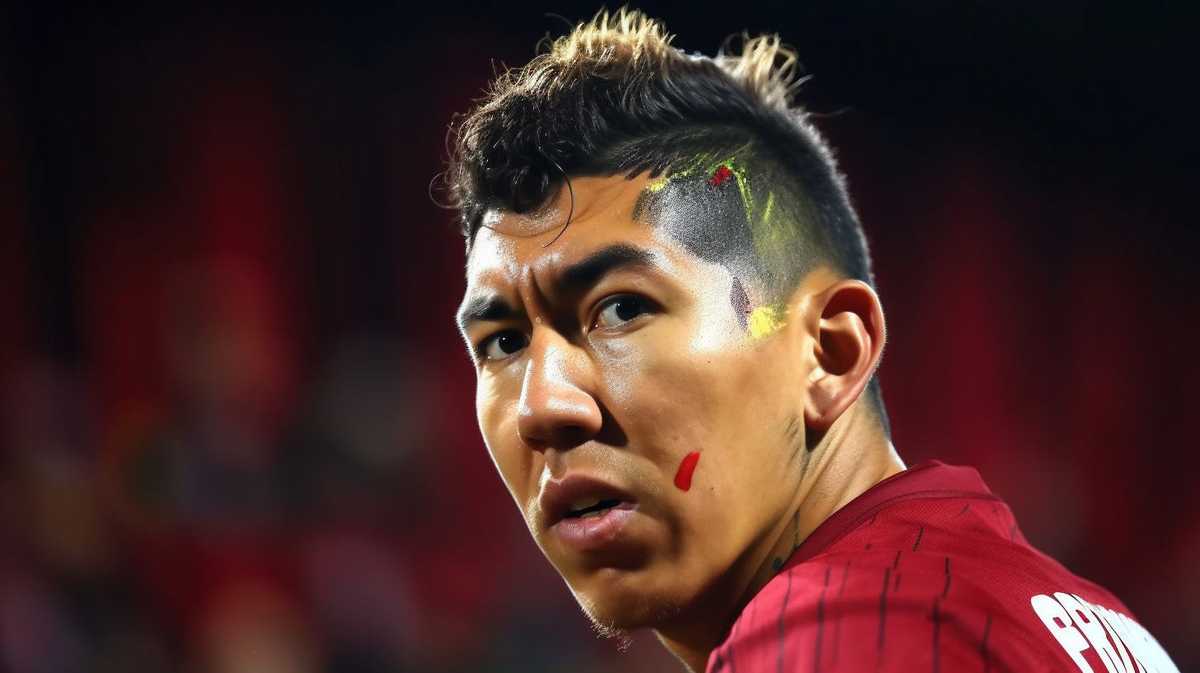What Is a False Nine in Soccer?

In soccer, different playing positions and formations have evolved over the years. One such formation that has become popular in recent times is the False Nine position. The False Nine is an attacking role that has been used to great effect by some of the best soccer teams in the world.
What Is the False Nine Position?
The false nine position is a hybrid position that combines the responsibilities of an attacking midfielder and an out-and-out striker. Unlike a traditional center forward, a false 9 drops deeper into midfield to try and receive balls, vacating the space higher up the field. This approach is favored by coaches who rely on their wingers for lots of their attacks. The false nine is responsible for linking play between the midfield and the wide attackers.
Why Is It Called a False Nine?
The False Nine position is named so because a player in a traditional center forward position would usually wear the number nine on their jersey. The false Nine will be wearing a number nine on the jersey but will be moving into "false" areas of the field that are not expected.
How Does the False Nine Position Work?
The false nine position is an attacking role that's used most often in a 4-3-3 formation with attack-minded wingers. Rather than playing as a traditional number nine striker who stays in the box, the false nine position requires a player to drop deep and drift into midfield to create space for teammates and cause confusion amongst the opponent's defensive players, who may be unsure of which player to mark. The False Nine can also act as a playmaker, creating scoring opportunities for other attacking players.
History of the False Nine
The concept of the False Nine position is not new. It has been around for several years, but its use has become more prevalent in modern soccer. The position was popularized by Lionel Messi, who was deployed in this role by Barcelona's former coach, Pep Guardiola. Messi's success in the False Nine position prompted other coaches to experiment with the position.
What Makes a Good False Nine?
Here are some common tactics and characteristics of a false nine:
- Mobility: A false nine needs to be mobile and able to move around the pitch to create space and opportunities for their teammates. They should be comfortable dropping deep to pick up the ball and also making runs into the penalty box to score goals.
- Creativity: A false nine should have good vision and be able to pick out passes to create chances for their teammates. They should also be able to dribble past defenders and create their own opportunities.
- Pressing: A false nine should be willing to press the opposition defenders to win the ball back high up the pitch. This can disrupt the opposition's build-up play and create counter-attacking opportunities for their team.
- Link-up play: A false nine needs to be able to link up with their teammates and create combinations to break down the opposition's defense. They should be comfortable holding up the ball and bringing others into play.
The false nine position is not just about scoring goals, but also about creating opportunities for others and disrupting the opposition's defense. It requires a player who is versatile, intelligent, and able to adapt to different situations on the pitch. This role has become increasingly popular in modern football and has been used by some of the world's best teams and players.
Examples of Successful False Nine Players
Over the years, many soccer legends have played as false nines, showcasing their skills and creativity in the position. Here are some of the most famous false nines in soccer history:
Lionel Messi
Lionel Messi is perhaps the most famous false nine in soccer history. He played the position for Barcelona between 2009 and 2012, and his skill and creativity in the role helped the team win numerous titles. Messi's ability to drop deep and link up play with his teammates, as well as his eye for goal, made him a formidable opponent for any defense.
Cesc Fabregas
Cesc Fabregas is another player who excelled as a false nine. He played the position for both Arsenal and Barcelona between 2009 and 2014, and his ability to control the game from deep positions made him a key player for both teams. Fabregas was also a prolific scorer from the position, often popping up in the box to finish off moves.
Roberto Firmino
Roberto Firmino is a more recent example of a false nine. He has played the position for Liverpool since 2015, and his work rate and ability to link up play have made him a fan favorite. Firmino's unselfish play and willingness to drop deep to help his team defend have also made him a valuable asset for Liverpool.

Francesco Totti
Finally, Francesco Totti played as a false nine for Roma between 2013 and 2017. Totti was known for his vision and passing ability, and he often dropped deep to orchestrate his team's attacks. Despite being in the twilight of his career, Totti's skill and creativity in the role helped Roma to several impressive performances.
Advantages of Using the False Nine
Like any tactical approach, the False Nine has its advantages and disadvantages. The main advantage of using the False Nine is that it creates space for other attacking players, making it difficult for the opposition to mark them. The False Nine can also act as a playmaker, creating scoring opportunities for other attacking players.
Disadvantages of Using the False Nine
The main disadvantage of playing with a False Nine is the lack of a central threat behind the defensive lines of the opposition. Because the False Nine will mostly be dropping into deeper positions, the defenders will be under less pressure when the ball is played behind them. This is especially true when crosses are played into the penalty area.
Additionally, the player in the False Nine position may not have the physical presence of a traditional center forward, making it difficult to win aerial duels.
FAQs
How do you defend against a False Nine?
The biggest threat of the False Nine is that they will drag defenders out of their natural positions which will create spaces behind them. One of the best ways to defend against this is to play with three central defenders so that one can safely follow the False Nine into midfield, safe in the knowledge that two defenders remain behind. An alternative is to play with an extra defensive midfielder.
Is a False Nine a striker?
Like a striker, the False Nine is expected to score goal. However, they are also expected to drop deep and play as an attacking midfield/playmaker. The False Nine position is a hybrid role that combines the responsibilities of scoring and assisting teammates.